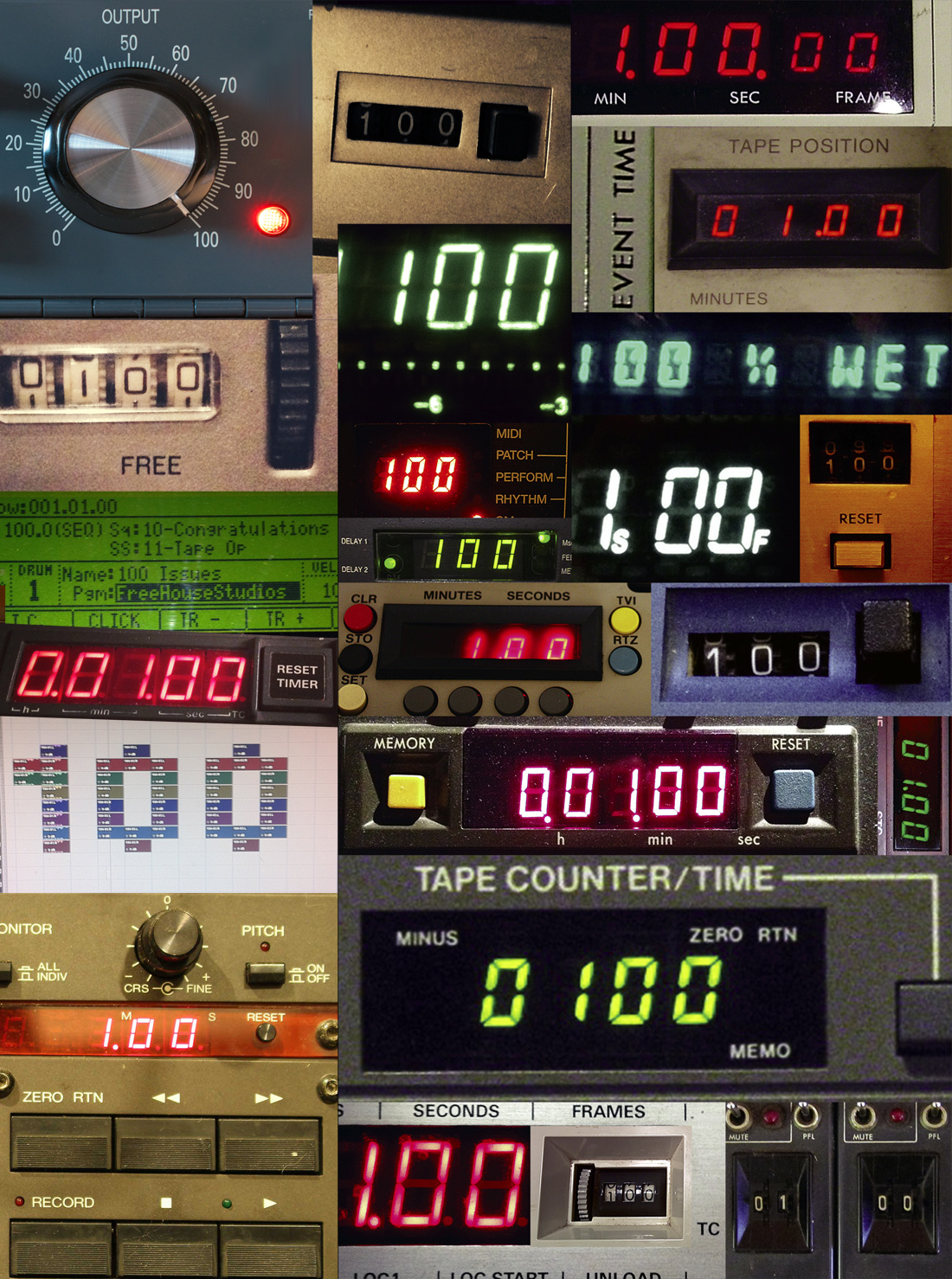I have seen the future, and it is touch. And fun. Cakewalk's Scratchpad is their first foray into iOS apps and is exactly what it sounds like. The main portion of the on-screen interface is divided into a 3×3 array of Expression Pads. A Browser panel on the left displays a menu tree for navigating loops, covering the usual beat suspects - drum & bass, dub, hip-hop, etc. Touch to open a folder and audition any of the loops, then drag-and-drop from the Browser onto an Expression Pad. Once assigned to a pad, you can start the loop from the pad's play arrow or trigger an entire three-pad column from its play button. Return to the Browser and find another loop, and drop it into the same column or another. You can play multiple columns at the same time or loops in separate columns - all synced to the global tempo. So even with only nine pads, you can make a fair number of arrangements, 80 if my math is right, since any combination of the nine can play at once. In addition to the included loops, you can buy expansion loops or load your own via Dropbox.
Besides the Browser, the left-hand panel tabs to an Inspector for the selected pad. Here you can choose to one-shot the loop or have it continuously play, as well as adjust, panning, volume, and trigger-type. The trigger-type determines how the pad responds to... well... triggering. Normal mode simply starts and stops a loop just as one expects. Momentary lets you play the loop as long as you hold your finger down - lift it and the loop stops. Re-trigger lets you restart the loop from the top. (Warning: Set Re-trigger loops to one-shot, otherwise you have to use the global stop.) Toward the bottom of the Inspector is the easily overlooked Resolution setting, where you can choose how soon the loop starts playing after you hit the pad play button. The Inspector also includes a filter for the pad, either low or high-pass. Turn it on, and move your finger around the X-Y Pad for resonance and cutoff. Very chic.
As the name implies, the pads allow you to play with the loop, putting the scratch into Scratchpad. You can scratch or scroll though the loop, or even apply stutter or tape-stop effects. Finally, you can record your performance and play it back from the Browser. Nice. Or you can load it into your DAW of choice via Dropbox for further refinement. Or use your performance, as the name also implies, as a scratch version of the song and build up live- played parts as replacements. However, many of the loops are good - in fact, very good. So good, that within a few minutes of downloading the app, I was banging out an industrial-sounding song - verse, verse, and chorus.
Cakewalk has offered several variations of beat productions before, including Project5, the pad-based soft-synth Beatscape, and the current Matrix module within SONAR [Tape Op #99]. Scratchpad is easily my favorite of these, and not just because it is the simplest, but because it works intuitively with no muss or fuss. It is simplicity itself, so of course my only complaint is that it's too simple, mainly due to the iPad platform. While Dropbox is great for some use cases, it's a less than ideal storage solution, especially for live use, and Scratchpad begs to be played live. Moreover, the current version of Scratchpad does not support iTunes File Sharing for wired transfers. A bigger screen for more pads would be nice, too, like on my Windows tablet, which also has a USB slot for expansion and storage. Fortunately, the app was programmed with cross-platform support in mind, and Cakewalk's CTO has said that they are considering other releases. As cool as Scratchpad is, a Windows version with scrollable columns on a full-sized touchscreen would make a great instrument - either as a standalone application or as a VST. While I wait for that version, my fingers won't be crossed; they'll be busy playing Scratchpad for iPad.
($6.99 download; scratchpad.cakewalk.com)




_disp_horizontal_bw.jpg)